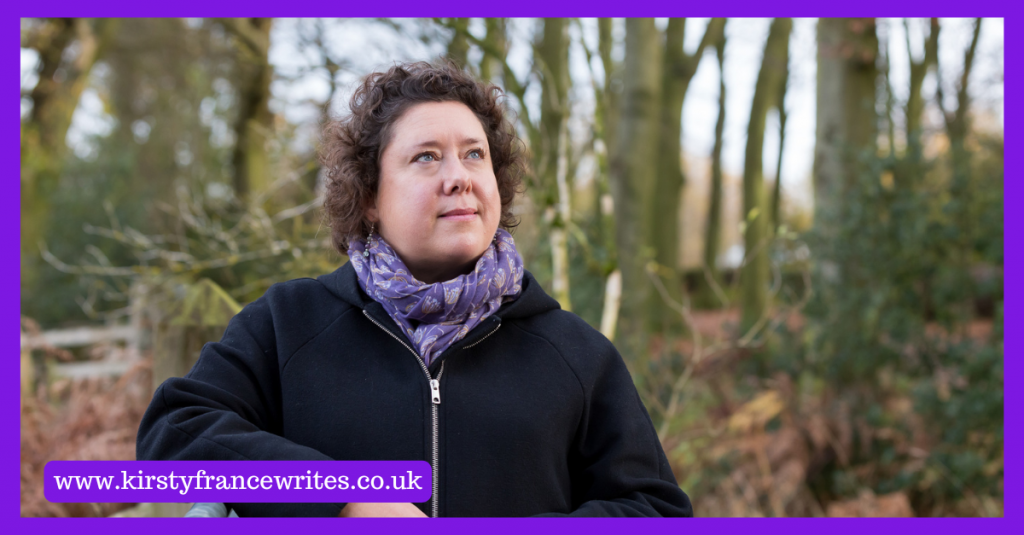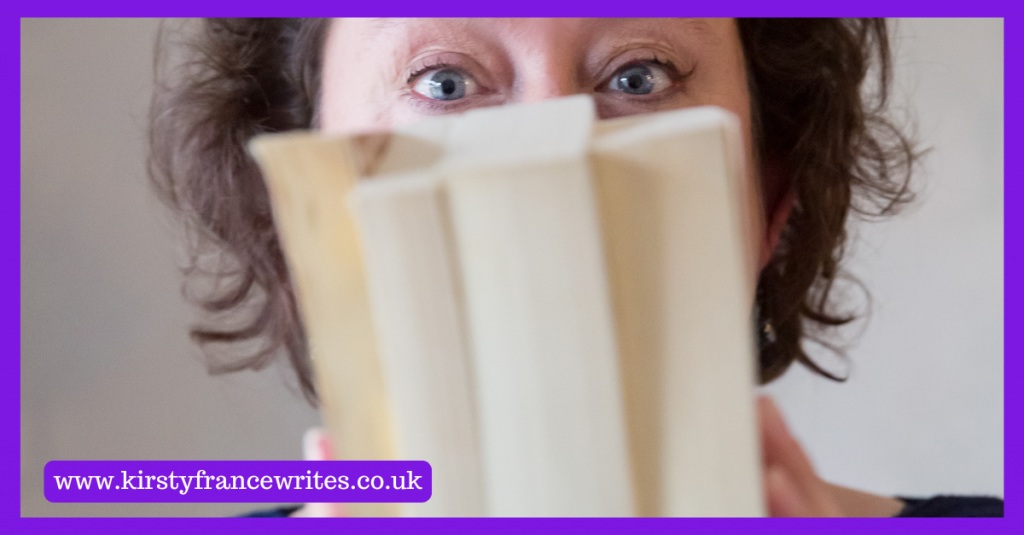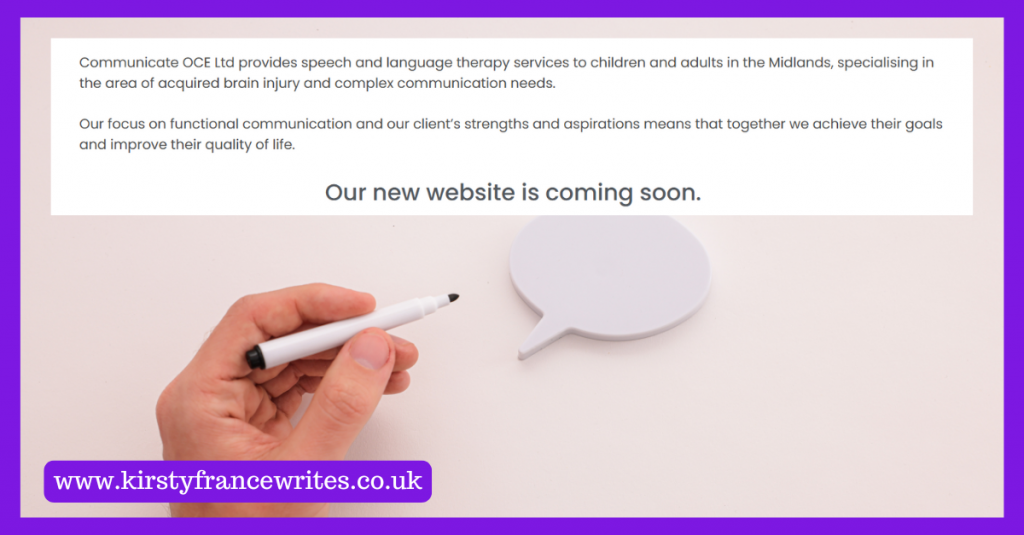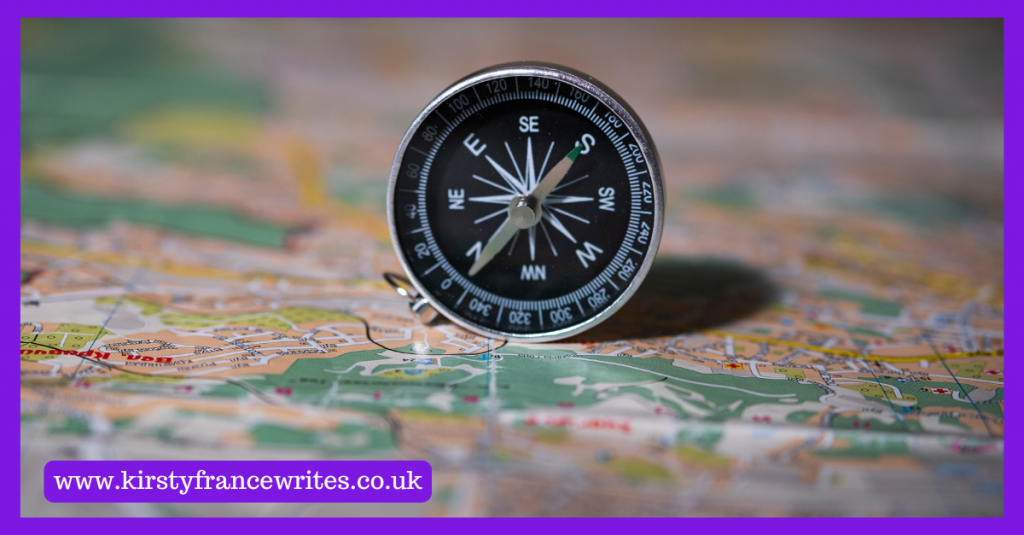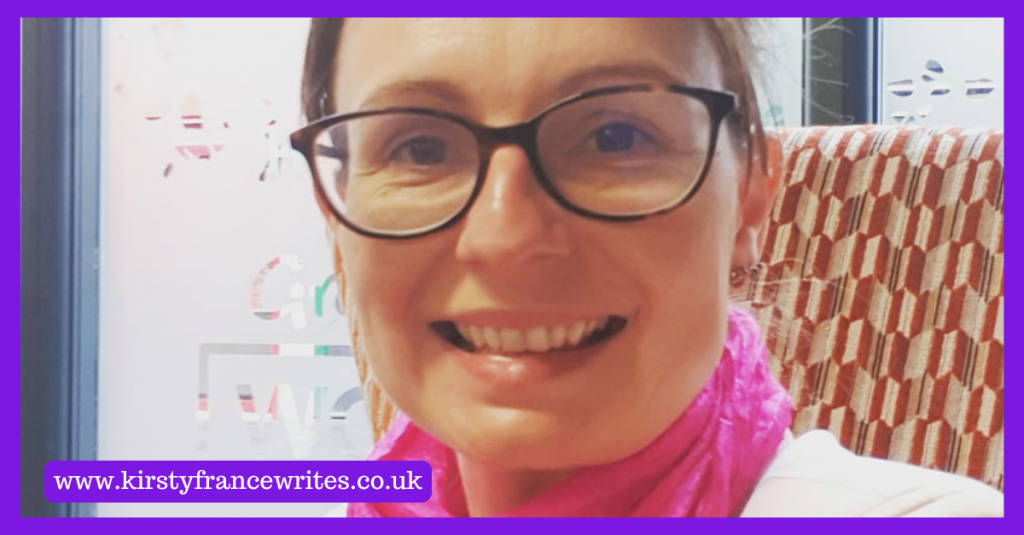
You might think that writing a good blog post, or any other type of marketing content, should be easy. (Unless the idea of writing a few hundred words frightens the life out of you, in which case it probably doesn’t.) There’s a fair bit of groundwork to be done before you put your fingers to the keypad, then more to do once you’ve finished writing. Here’s my guide to writing a good blog post.
Understand your audience
Before you write any marketing content for your business, you need to understand who you’re talking to. Understanding your ideal customer helps you tailor your writing to the people who are most likely to be interested in what you offer and their expectations. For example, if you’re a lawyer, your clients will want an expert, but they might also feel apprehensive because they don’t understand legal jargon. Your writing can be approachable but still professional. It’s generally a good idea to think about how you talk to people face-to-face so you can create a seamless join between your marketing and the experience they’ll get in person.
It also means you can focus on marketing in the places where they spend time, whether that’s online or in the real world. Read this for help identifying your ideal customer.
Get to know your competitors
I know you might not want to think about your competitors, but ignoring them won’t make them vanish. Being aware of the competition helps you find your market position and write your content accordingly. Are you offering a high-end, luxury service or product with a hefty price tag? Or do you help people save money? Your positioning affects the language you use in your marketing.
Understanding your competitors can also inspire your content, especially if you want to create something that isn’t typical for your industry. You might also have an opinion that differs from the norm. Knowing what’s out there can give you new ideas.
Choose the right topics
The first step to writing a good blog post is choosing the right topic. You can get some free ideas here if you need inspiration. Think about the services or products you offer and the benefits they provide to your customers. Your blog posts and marketing should help you bridge the gap between what you want to sell and the things your customers need. I’m writing this post because I know you might want to learn more about writing a blog or content marketing, or because you’re trying to decide what you want to outsource in your business.
It’s a good starting point to think about the questions your ideal customers are typing into Google, or the ones they ask you when they get in touch.
Write a good introduction
A good introduction can make the difference between someone reading your whole post and clicking away to a different website. Your introduction should tell your readers exactly what to expect from your post, so they know they’re in the right place.
If you’ve started by writing an introduction, go back and check it once you’ve finished the rest of the post to make sure it still works and reflects the rest of the content. The same applies to your headline. You can also use your introduction when sharing your blog posts on social media.
Use subheadings
Before you write a blog post, jot down the main points you want to cover. Doing this helps you stay organised and means you don’t miss anything important. Then, use those points as subheadings in your post. It helps your readers find the information they want and is less visually intimidating than a big wall of text.
Google also loves subheadings, as it’s a sign that your content is well-organised and more likely to be relevant and valuable.
Proofread and edit your post
When you’ve finished your first draft, step away from the blog post and leave it for at least a day. Then, go back to it with fresh eyes. Run it through a spell checker and a grammar checker first. I use Grammarly, but I usually take its suggestions with a pinch of salt, as it can sometimes remove the personality from your writing or alter the meaning altogether. Then, read your post to check whether it says what you meant to say or if there are any typos the tools missed.
If you can, it’s a good idea to get someone who doesn’t know your industry to read it to make sure it makes sense to a lay person. This doesn’t apply if you’re writing for people with the same expertise as you.
What do you want your readers to do next?
Finally, think about what you want your readers to do when they’ve read your post. When you’ve gone to the effort of writing a good blog post, it should have a goal. Do you want people to sign up for your emails, book a call or buy a product? Write a call to action that asks them to take the next step and provides clear instructions.
Ready for a chat?
As you can see, a lot of work goes into writing a good blog post. Outsourcing can save you time and let your business benefit from skills that might not be your main talent. The flip side is that it costs money, so paying someone like me to write your content may only be an option when you’ve been in business for a while.
When you work with me, I’ll get to know you and your business, and write content that sounds like the best version of you and that your audience will love. That could be monthly blog posts or articles, social media posts, emails or pretty much anything else you can think of!
Please email me to arrange a chat or book a Zoom call to find out more.
Alternatively, sign up for my mailing list, and I’ll send you a free copy of my eBook with fifty (yes, 50) topic ideas for your marketing as a thank you. It also includes hints and tips to help you structure your posts if you’re currently writing your content yourself.
